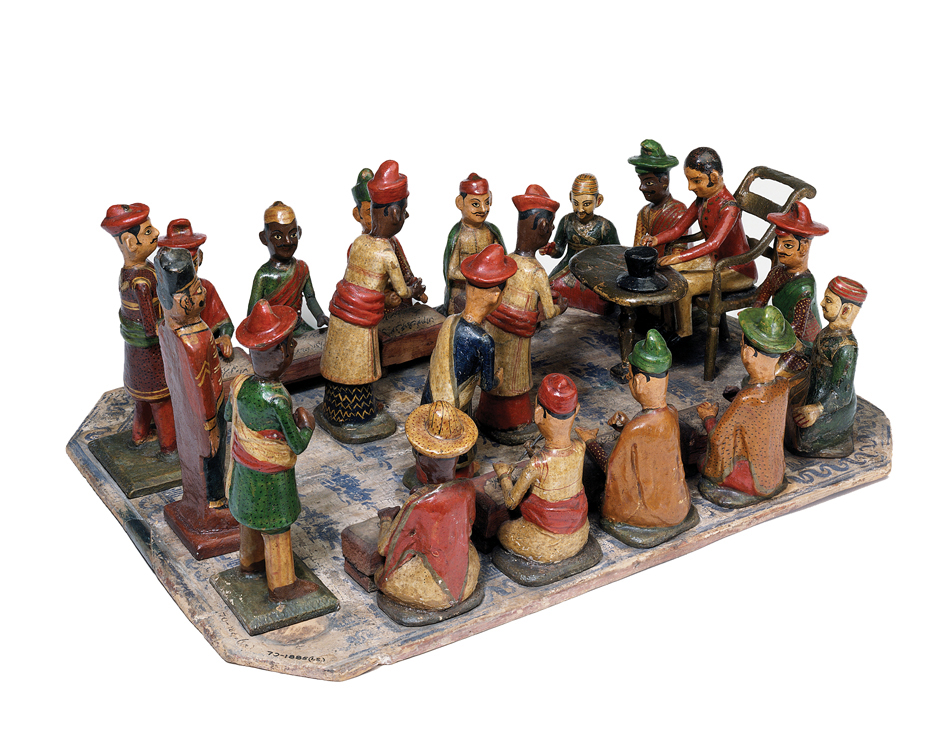The Socioeconomic Effects of British Rule
The impact of British rule on the Indian economy was multifaceted. In the early stages, the British East India Company expanded agricultural production, creating large plantations. Early crops were opium to export to China (see “The Opium War”) and tea to substitute for imports from China. India gradually replaced China as the leading exporter of tea to Europe. During the nineteenth century India also exported cotton fiber, silk, sugar, jute, coffee, and other agricultural commodities to be processed elsewhere. Clearing land for tea and coffee plantations, along with massive commercial logging operations, led to extensive deforestation.
To aid the transport of goods, people, and information, the colonial administration invested heavily in India’s infrastructure. By 1855 India’s major cities had all been linked by telegraph and railroads, and postal service was being extended to local villages. By 1870 India had the fifth-
At the same time, Indian production of textiles suffered a huge blow. Britain imported India’s raw cotton but exported machine-
Although the economy expanded, the poor did not see much improvement in their standard of living. Tenant farming and landlessness increased with the growth in plantation agriculture. Increases in production were eaten up by increases in population, which, as noted, had reached approximately 300 million by 1900. There was also a negative side to improved transportation. As Indians traveled more widely on the convenient trains, disease spread, especially cholera, which is transmitted by exposure to contaminated water. Pilgrims customarily bathed in and drank from sacred pools and rivers, worsening this problem. New sewerage and water supply systems were installed in Calcutta in the late 1860s, and the death rate there decreased, but in 1900 four out of every one thousand residents of British India still died of cholera each year.
